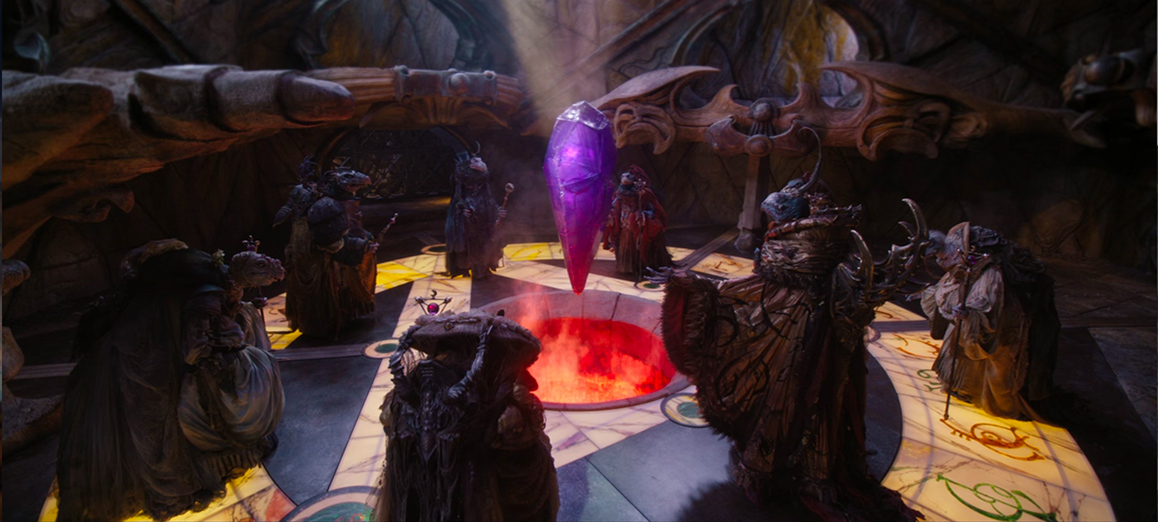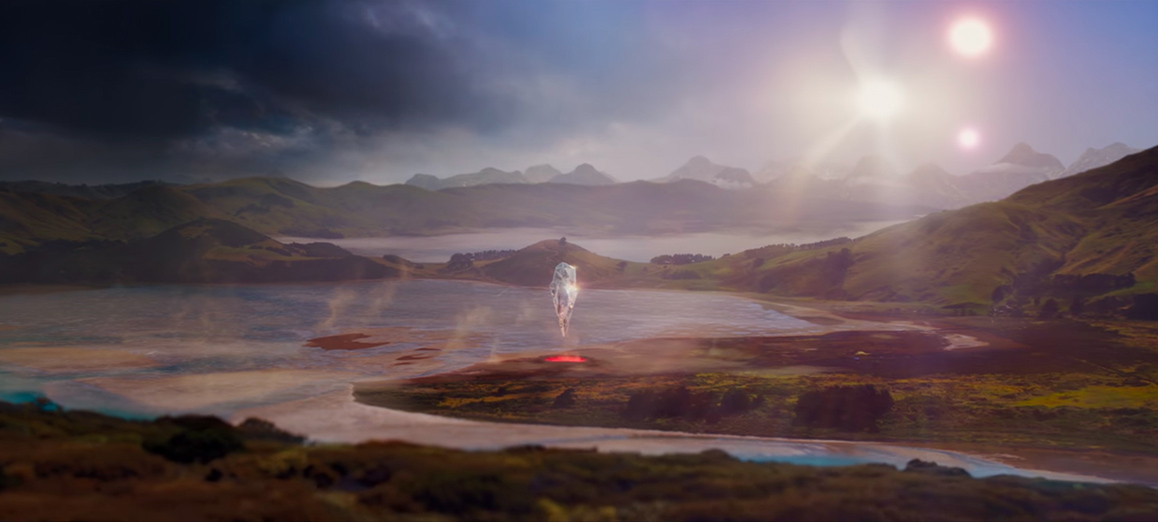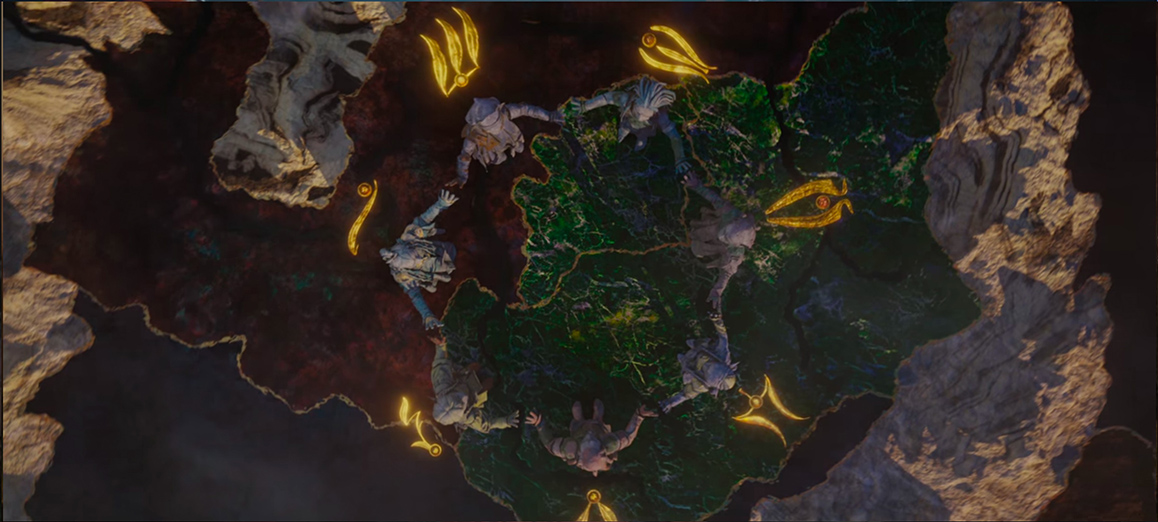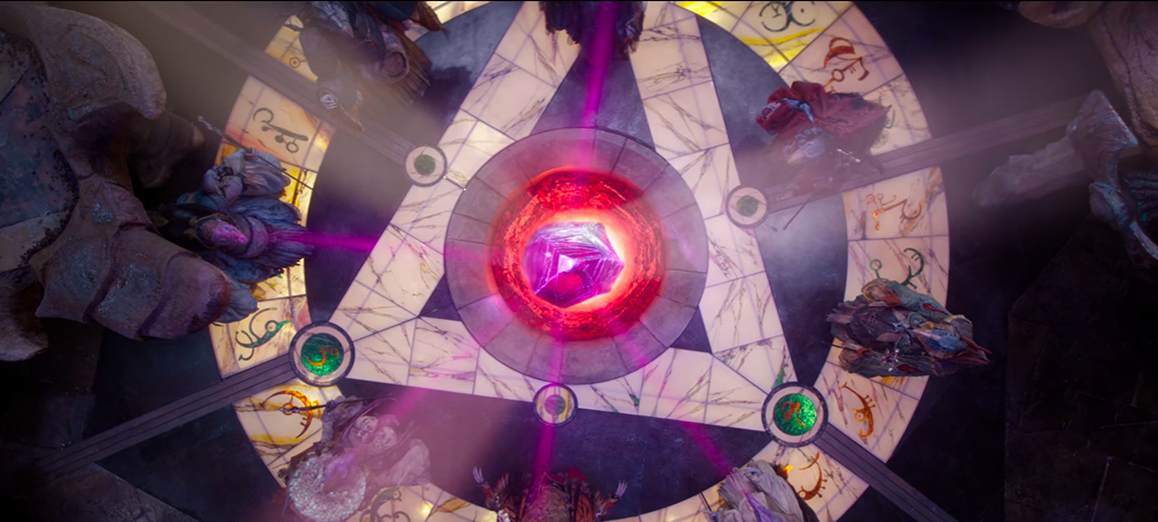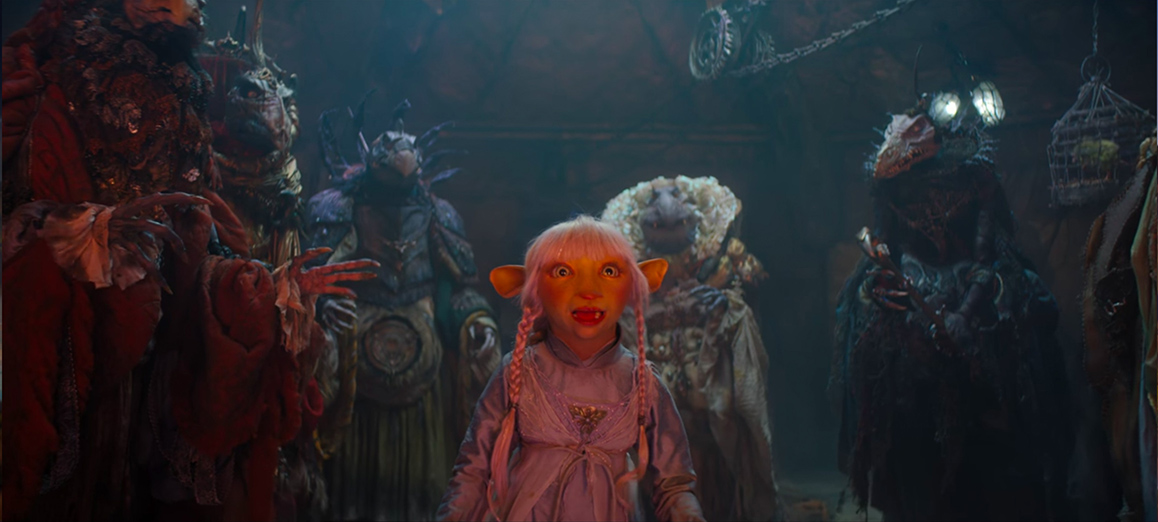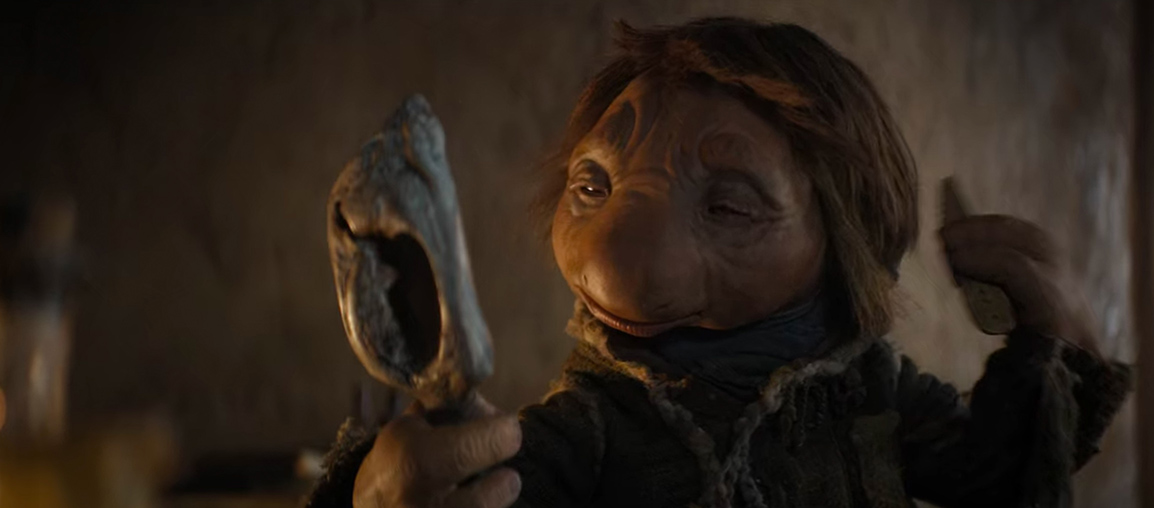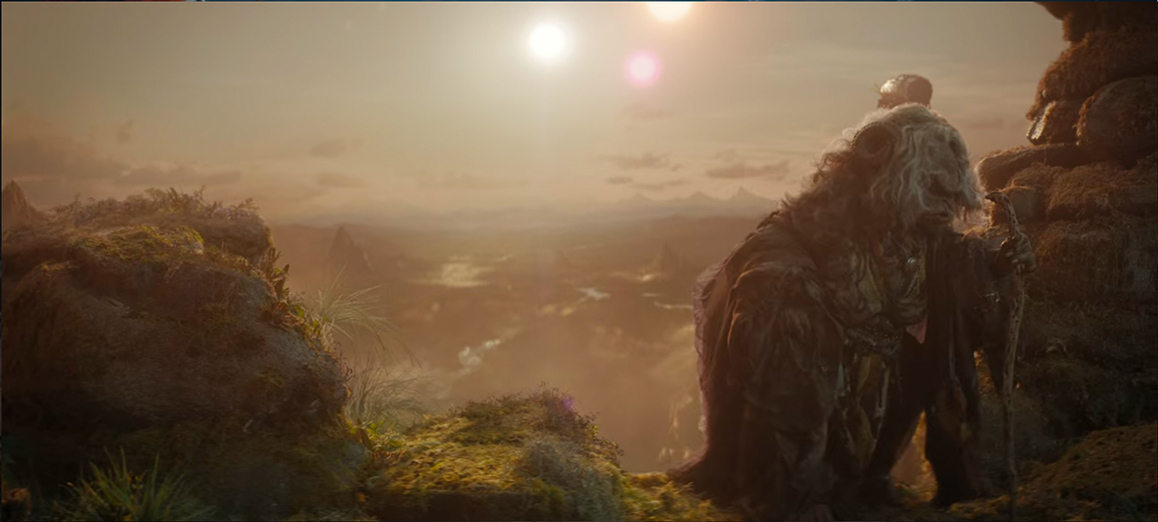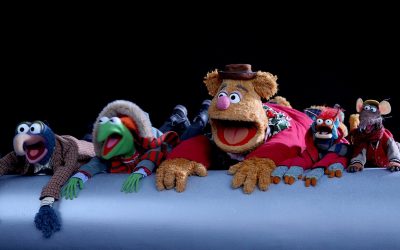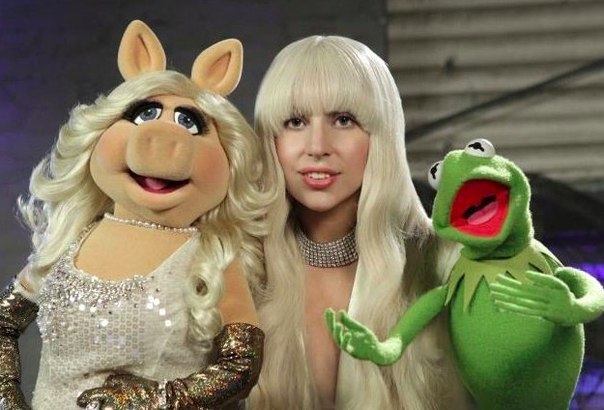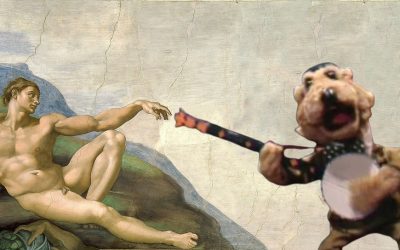The Dark Crystal: Age of Resistance is now streaming on Netflix! ToughPigs will be reviewing the series in two-episode chunks in order to provide timely reviews for you binge-watchers. If you’re not speeding through the season, be sure to come back and follow along with us as you watch!
Another world. Another time. Another age. Thra!
The dulcet tones of Sigourney Weaver invite us back to the world of The Dark Crystal in the introduction to the first episode. And already, the new series does what was impossible in 1982.
Our first visual is soaring through outer space (which, we’ll soon learn, is probably what Aughra’s been up to), whizzing past the cosmos and through glyphs and symbols that bring specific meaning to the artwork we’ve seen in the original film and will see more of over the next 10 hours.
Sigourney (we’re on a first name basis) gives us a brief overview of what we need to know about Thra. There’s a Crystal of Truth at the heart of Thra that serves as the source of all life. Aughra served as the protector of the Crystal until she was tricked by the Skeksis, who took control of their world. The Skeksis have been abusing the Crystal’s life-source powers to extend their own lifespans. Thra is also home to the Gelflings, of which there are seven clans including the scholars, the soldiers, and the cave dwellers.
Already, in just the introduction to The Dark Crystal: Age of Resistance, we get a very clear vision of what goes on in Thra, who the important players are, and what history we need to know. Compare this to the intro from the original film, which only tells us that a Crystal was cracked, the green land turned rotten, the Skeksis and the Mystics were created, and a shard of the Crystal is missing. This, as you can already tell, is an improvement.
It’s difficult for me to admit that it’s even remotely possible to improve on something that Jim Henson personally worked on. Jim is supposed to be infallible and incomparable. But in just three minutes, the new series has simplified the Dark Crystal mythos, made it digestible, and provided some damn fine visuals to go along with it.
In other prequels (I’m looking at you, Solo), there’s way too much focus on revealing how the familiar elements from the original came to be. How did Harry meet Lloyd? Why did Santa Clause grow his beard? How did Wolverine get his jacket? Age of Resistance avoids all of this by pulling on completely different threads. Rather than expand on individual story elements, it expands on concepts from the original film. You like the Skeksis? We’ve got more of those, and you get to spend more time with each of them individually. You like the Gelflings? There’s way more than two of them this time! You like the mythology? We’ve got 10 whole hours to really delve into the culture and meaning behind every symbol and tradition.
If these first two episodes do anything well, it’s the focus on the concept of life. Life comes from the Crystal, it’s fed back into the Crystal, it’s closest to the Gelflings, it affects the behavior of the creatures, and so on. Life brings everyone (and everything) together, but it also brings together all of the elements of Age of Resistance. It also brings a much-needed focus to the mythology of the series, giving us a line of connection from every aspect of Thra pointing directly back to the Crystal.
If there’s a low point in these episodes, it’s the antithesis to the above paragraph: Death. When the Gelfling Mira dies, it’s seemingly to show off the stakes of the Skeksis impending evilness. But really, she’s just dispatched to give Rian the motivation to fight (or, resist). This is what the world of pop culture fandom calls “fridging“, a trope that sees female characters dispatched or devastated in order to further the character arc of a male protagonist. It’s sad to see this reinforced in a current series, but at least it’s my only major complaint about Age of Resistance so far.
The high points in these episodes for me come at the beginning of episode 2. The episode begins with the daily routine of the Podling tasked with caring for the near-comatose Aughra, and it’s a delight. The scene is relatable, funny, and delivers a lot of characterization to a member of a race that had only previously been seen en masse before, as well as the just-awakened Aughra. Immediately following this scene, Deet meets a Fizzgig and gives it a belly rub. Scenes like these add a ton of levity and humanity (Gelflinity?) to the world – something that was largely missing from the original film.
I am absolutely blown away by these first two episodes. Not only do I understand the world of Thra so much better than I did over countless viewings of The Dark Crystal, but I’m invested in the story, I’m poring over every detail from the puppets to the sets to the costumes, and the characters are all a joy to watch – even the whimpering Chamberlain. Whether you see this as an improvement on the classic Jim Henson film or not, it’s so satisfying to see a quality Henson-related project that still has Jim’s fingerprints all over it.
Click here to fix your hair on the ToughPigs forum!
by Joe Hennes – Joe@ToughPigs.com

